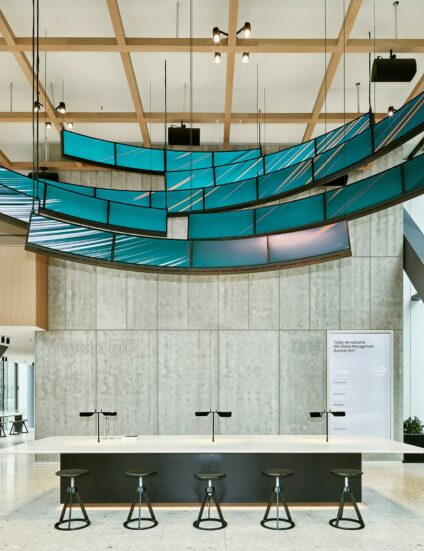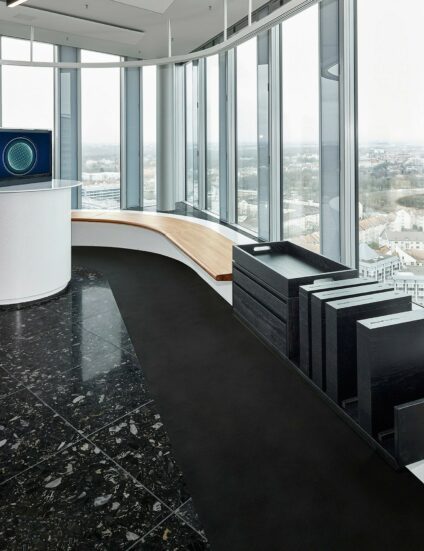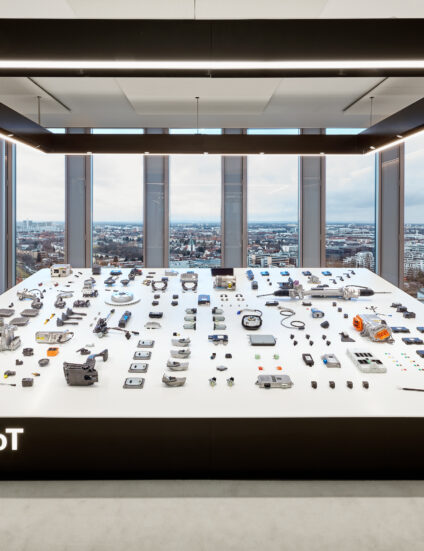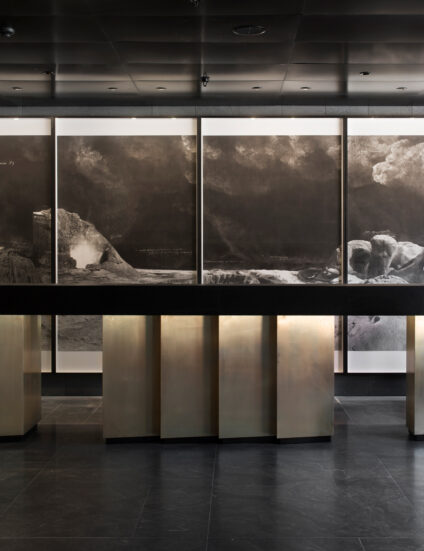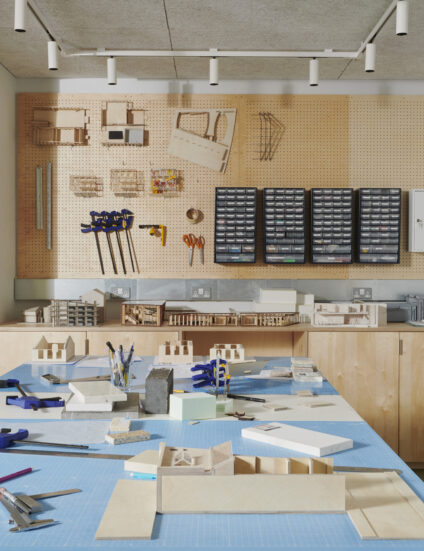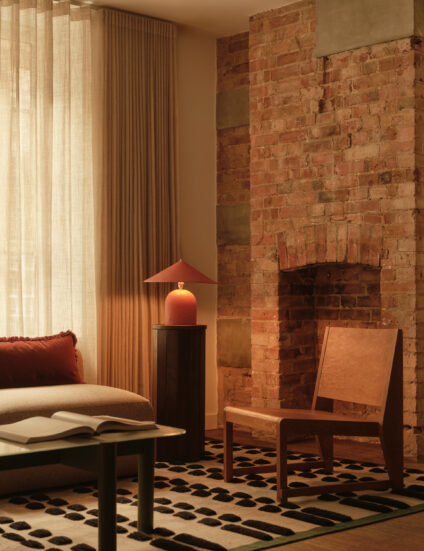PROJECT
IBM Watson IoT
Blurring the boundaries between workspace and exhibition
Using design and architecture as drivers to experience IBM Watson IoT and story tell its capabilities
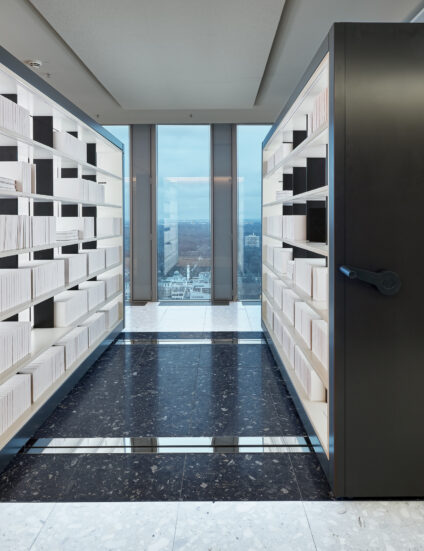
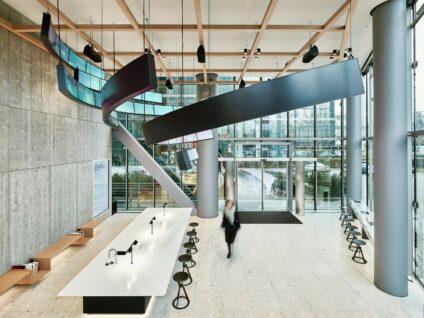

The 20th Floor is a collaborative space for moderated client experiences and where physical installations and embedded technology explain cognitive computing and IoT.
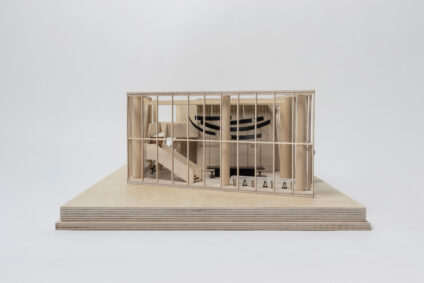
"IBM has an amazing history of working with designers like Charles and Ray Eames in the 1950s and 60s to help communicate complex technological concepts to the wider world, it’s a privilege to be part of that journey." —Jason Holley, Principal Director, Universal Design Studio
